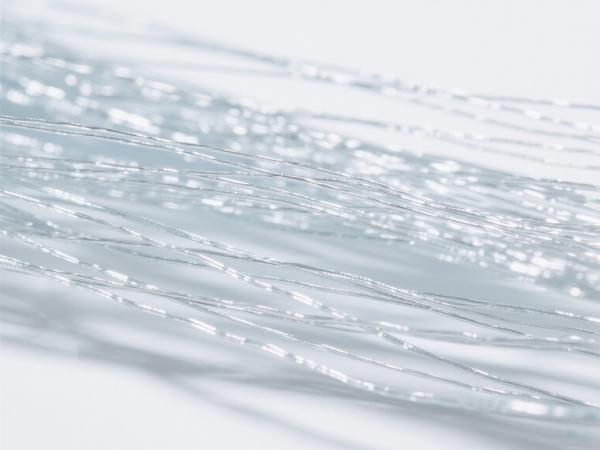Fiberglass might seem like just another plastic product, but it borrows the best ideas from nature’s designs. By combining glass fibers with a resin “glue,” fiberglass achieves a blend of strength, lightness, and versatility.
Let’s break down how this material works, why it shines in so many roles, and where it’s headed next.

At its heart, fiberglass is two simple ingredients: glass fibers woven or chopped into mats, and a polyester or epoxy resin that holds those fibers together. Think of it like reinforcing concrete with steel bars: the glass fibers carry the load, while the resin spreads stress evenly and protects the fibers from damage. This partnership gives fiberglass its key traits: high tensile strength, impact resistance, and a lightweight feel.
Nature builds strong structures by layering hard and soft materials. Seashells, for example, stack brittle mineral layers with a soft organic “glue,” creating toughness far beyond their individual parts. Fiberglass uses the same idea: alternating layers of glass fabric and resin create a laminated panel that stops cracks and lasts longer. By copying nature’s layer‑and‑glue recipe, engineers turned a simple concept into an industrial workhorse.
Compared to pure plastics or metals, fiberglass offers many advantages:
Strength‑to‑Weight: It’s strong like steel but far lighter.
Corrosion Resistance: It won’t rust and handles chemicals better than most metals.
Shape Freedom: Molding or pultrusion lets you make complex parts in one go.
Cost‑Effectiveness: Cheaper raw materials and fewer machining steps than carbon fiber.
Every one of these benefits comes from its composite nature, glass fibers and resin working together under load.
Making fiberglass does have an energy cost (melting sand into glass is hot work), and traditional resins come from oil. The good news? The industry is moving toward greener options: bio‑resins, recycled glass fibers, and closed‑loop recycling processes. By looking at how trees store carbon in their fibrous wood, manufacturers are experimenting with natural fibers mixed into fiberglass, cutting carbon footprints without losing performance.
You’ll find fiberglass everywhere strong, lightweight, and corrosion‑resistant parts are needed:
Boats and Yachts: Hulls and decks resist water and wear.
Wind Turbines: Blades stay stiff and fatigue‑resistant for decades.
Car and Truck Parts: Body panels shave pounds off heavy steel.
Aerospace Interiors: Fire‑retardant panels and storage bins.
Its versatility makes it a go‑to for marine, energy, transport, and more, with each industry leveraging its special strengths.
Looking ahead, fiberglass is set to get smarter. Researchers are adding self‑healing microcapsules that seal cracks as they form and embedded sensors that watch for damage in real time. New weaving techniques and nanocoatings promise tighter fiber control and even higher strength. By continuing to learn from nature—just as trees and shells do—fiberglass will keep evolving to meet tomorrow’s toughest engineering challenges.
Or closed mold mat CF
This delivers unbeatable performance for your composite projects.
Engineered from a resilient, synthetic non‑woven core and reinforced with premium chopped glass fibers—or a strategic blend of chopped glass and multiaxial/woven fabrics—this mat guarantees exceptional resin infusion, razor‑sharp thickness control, and rock‑solid mechanical strength.
Unlock superior durability and weight savings in a single, easy‑to‑use solution—transform your next build with Carbon Fiber RTM Core Mat !